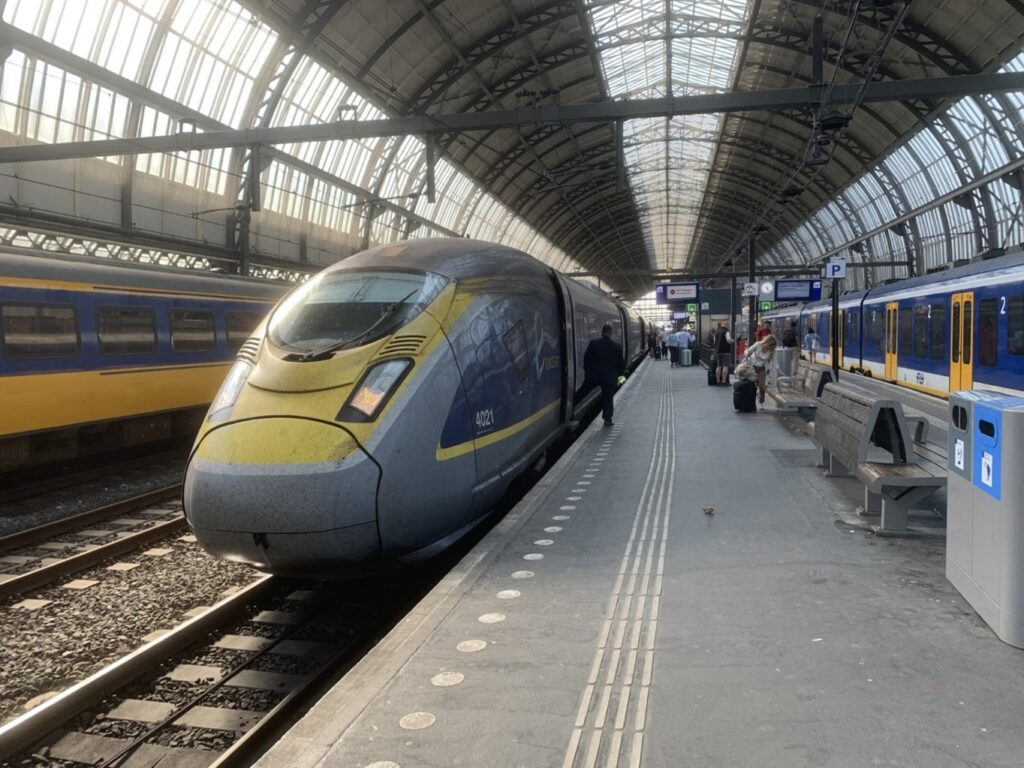As we navigate the complex challenges of the 21st century, the United Nations' Sustainable Development Goals (SDGs) provide a comprehensive roadmap for addressing global issues. Transport planning, a field that is connected to the fabric of communities and economies, plays a pivotal role in achieving these goals.

In this blog post, we will explore how each SDG relates to transport planning, emphasising the transformative impact sustainable transport choices can have on creating a more equitable, healthy, and resilient world.
Goal 1: No Poverty
Transport planning sustainably directly contributes to eradicating poverty by enhancing accessibility to employment, education, and essential services. Well-designed public transport systems and infrastructure projects create opportunities for socio-economic development, lifting communities out of poverty by improving connectivity and fostering economic growth.
Goal 2: Zero Hunger
Efficient and sustainable transport networks ensure timely and cost-effective delivery of food from production centres to consumers, reducing food waste and improving food security.
Goal 3: Good Health and Well-being
The promotion of sustainable transport options, such as walking, cycling, and public transport, directly correlates with Goal 3. These modes of transport encourage physical activity, mitigate air pollution, and reduce the prevalence of chronic diseases, thus contributing to improved public health and well-being.
Goal 4: Quality Education
Reliable and safe transport is crucial for ensuring access to quality education. Transport planning that prioritises school routes, safe crossings, and efficient public transport options facilitates equal educational opportunities for all, fostering an inclusive society and supporting Goal 4.
Goal 5: Gender Equality
Sustainable transport planning recognises and addresses the unique mobility challenges faced by different genders. Creating safe, inclusive, and accessible transport options contributes to breaking down gender barriers, promoting gender equality, and empowering individuals to participate fully in social and economic activities.
Goal 6: Clean Water and Sanitation
Transport infrastructure projects must consider the impact on water resources. Sustainable transport planning aims to minimise water pollution and environmental degradation, aligning with Goal 6. By implementing eco-friendly practices, such as rainwater management in road design, we can protect water quality and ensure sustainable water use.
Goal 7: Affordable and Clean Energy
The transition to sustainable transport, including electric vehicles and clean public transport options, directly supports Goal 7. By reducing dependency on fossil fuels, transport planning plays a crucial role in mitigating climate change and fostering the use of affordable and clean energy sources.
Goal 8: Decent Work and Economic Growth:
Transport planning generates employment opportunities through the development and maintenance of transport infrastructure. Additionally, accessible and efficient transportation networks support economic growth by connecting businesses with markets, suppliers, and consumers, contributing to Goal 8.
Goal 9: Industry, Innovation, and Infrastructure
Innovative and sustainable transport solutions drive industry advancements and infrastructure development, aligning with Goal 9. Prioritising connectivity, safety, and environmental consciousness in transport planning fosters innovation and ensures resilient infrastructure for future generations.
Goal 10: Reduced Inequalities
Promoting sustainable modes of transport reduces inequalities by providing affordable and accessible options for all members of society. Transport planning that prioritises social equity enhances mobility and fosters inclusive communities, contributing to the realisation of Goal 10.
Goal 11: Sustainable Cities and Communities
Sustainable transport planning is at the core of creating liveable, resilient, and sustainable cities. By promoting walkable neighbourhoods, efficient public transport, and reduced traffic congestion, Goal 11 envisions cities and communities that prioritise environmental sustainability and enhance overall quality of life.
Goal 12: Responsible Consumption and Production
Transport planning influences consumption patterns by shaping the accessibility of goods and services. Sustainable transport choices, such as encouraging local production and reducing unnecessary travel, contribute to responsible consumption and production, aligning with Goal 12.
Goal 13: Climate Action
Recognising the significant contribution of transport to greenhouse gas emissions, transport planning plays a vital role in achieving Goal 13. Transitioning to public transport alternatives, embracing electric vehicles, and promoting active travel modes are essential steps towards mitigating climate change.
Goal 14: Life below Water
Transport planning initiatives must consider the impact on marine ecosystems, ensuring sustainable practices to protect life below water. Reducing maritime pollution, implementing eco-friendly port facilities, and promoting responsible shipping align with Goal 14.
Goal 15: Life on Land
Strategic transport planning minimises the impact on terrestrial ecosystems and biodiversity. By prioritising sustainable road networks, protecting natural habitats, and reducing deforestation, transport planning contributes to Goal 15, preserving life on land.
Goal 16: Peace, Justice, and Strong Institutions
Efficient and transparent transport systems contribute to peace, justice, and strong institutions by facilitating the movement of people and goods. Reliable transport networks support law enforcement, emergency response, and overall societal resilience, aligning with Goal 16.
Goal 17: Partnerships for the Goals
Achieving sustainable transport improvements requires collaborative partnerships among governments, businesses, and communities. Transport analysts, like those at Enroute, are committed to fostering partnerships that promote sustainable transport policies, practices, and technologies, contributing to the realisation of Goal 17.
Transport planning emerges as a linchpin for achieving the Sustainable Development Goals, offering a transformative pathway towards a more sustainable and equitable future. By prioritising sustainability, innovation, and inclusivity, transport planners can contribute significantly to addressing global challenges and building a better world for current and future generations.




